Influence of Social Media
The Organic Perfumes Market is significantly influenced by social media platforms, where consumers share their experiences and preferences. This digital landscape allows brands to engage directly with their audience, fostering a community around organic products. Influencers and beauty bloggers often promote organic perfumes, highlighting their benefits and unique qualities. As a result, organic perfume brands are witnessing increased visibility and consumer interest. Recent data indicates that brands leveraging social media marketing strategies have seen a 30% rise in customer engagement. This trend suggests that effective online presence and targeted marketing campaigns could play a crucial role in shaping consumer perceptions and driving sales within the organic perfumes sector.
Rising Consumer Awareness
The Organic Perfumes Market is experiencing a notable increase in consumer awareness regarding the harmful effects of synthetic chemicals found in conventional perfumes. As consumers become more informed about the potential health risks associated with these chemicals, they are gravitating towards organic alternatives. This shift is evidenced by a reported 25% increase in organic fragrance sales over the past year. The demand for organic perfumes is further fueled by a growing preference for products that align with personal values, such as sustainability and ethical sourcing. Consequently, brands that emphasize natural ingredients and eco-friendly practices are likely to capture a larger share of the market, as consumers actively seek out safer and more environmentally responsible options.
Health and Wellness Trends
The Organic Perfumes Market is benefiting from the broader health and wellness movement that emphasizes natural and organic products. As consumers prioritize their well-being, they are increasingly opting for fragrances that do not contain harmful synthetic ingredients. This trend is reflected in the market, where organic perfumes are projected to grow at a compound annual growth rate of 12% over the next five years. The alignment of organic perfumes with health-conscious lifestyles is likely to attract a diverse consumer base, including those who are sensitive to allergens or chemicals. Brands that effectively communicate the health benefits of their products may find themselves well-positioned to capitalize on this growing demand.
Sustainability Initiatives
The Organic Perfumes Market is closely tied to sustainability initiatives that resonate with environmentally conscious consumers. As awareness of environmental issues rises, brands that adopt sustainable practices in sourcing, production, and packaging are gaining traction. The market has seen a surge in demand for eco-friendly packaging solutions, with a reported 40% of consumers willing to pay a premium for sustainable products. This trend indicates that companies committed to reducing their environmental footprint are likely to enhance their brand loyalty and customer retention. By integrating sustainability into their core values, organic perfume brands can differentiate themselves in a competitive landscape and appeal to a growing segment of eco-aware consumers.
Regulatory Support for Organic Products
The Organic Perfumes Market is also benefiting from increasing regulatory support for organic products. Governments are implementing stricter regulations on the use of synthetic ingredients in cosmetics and fragrances, which is likely to bolster the demand for organic alternatives. This regulatory environment encourages manufacturers to invest in organic formulations, thereby expanding the market. Recent statistics suggest that regions with stringent regulations have seen a 20% increase in organic product sales. As consumers become more aware of these regulations, they may be more inclined to choose organic perfumes, perceiving them as safer and more compliant with health standards. This trend could lead to a more robust market for organic perfumes in the coming years.


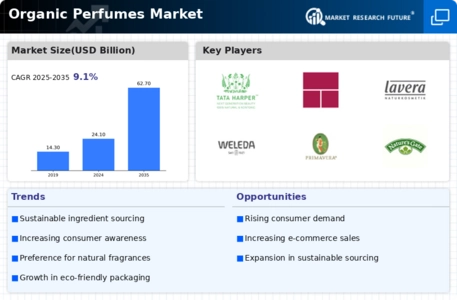
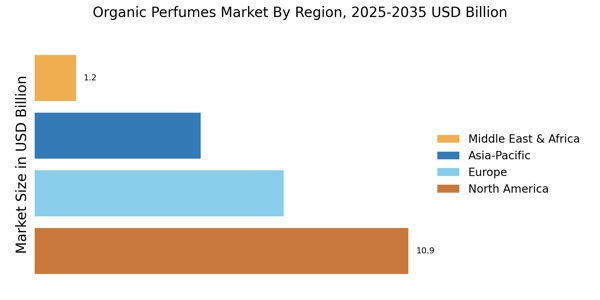
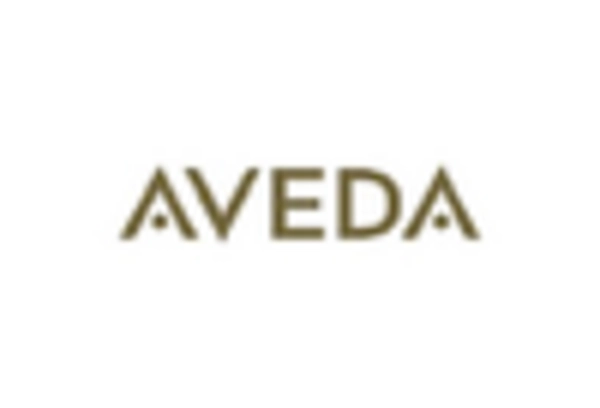
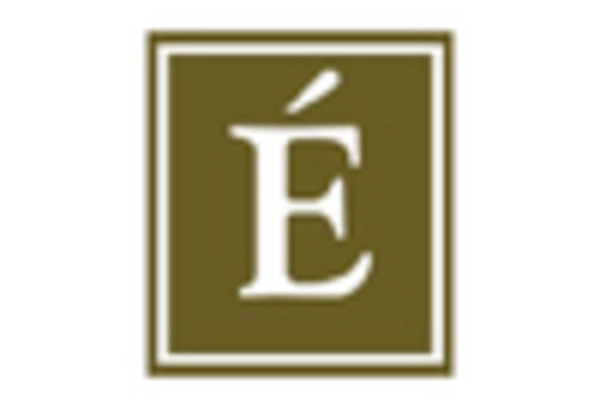
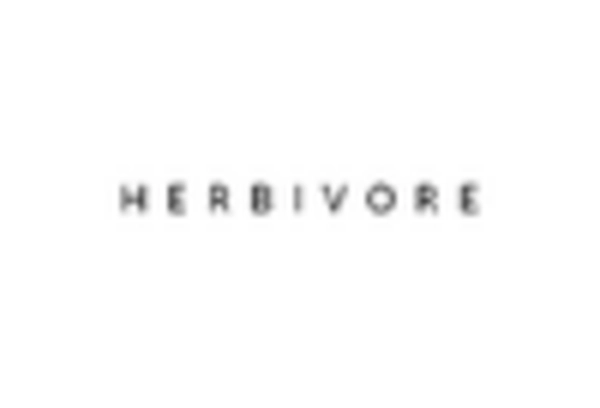

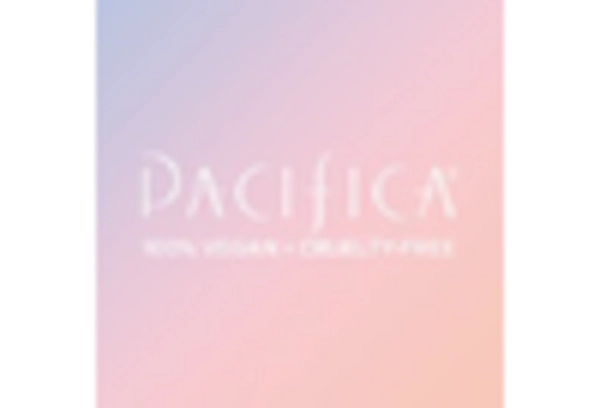
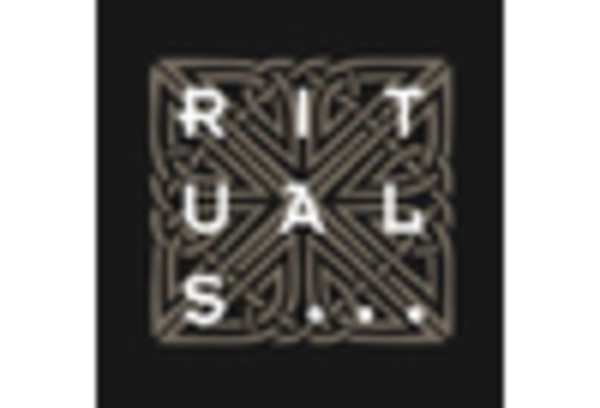








Leave a Comment